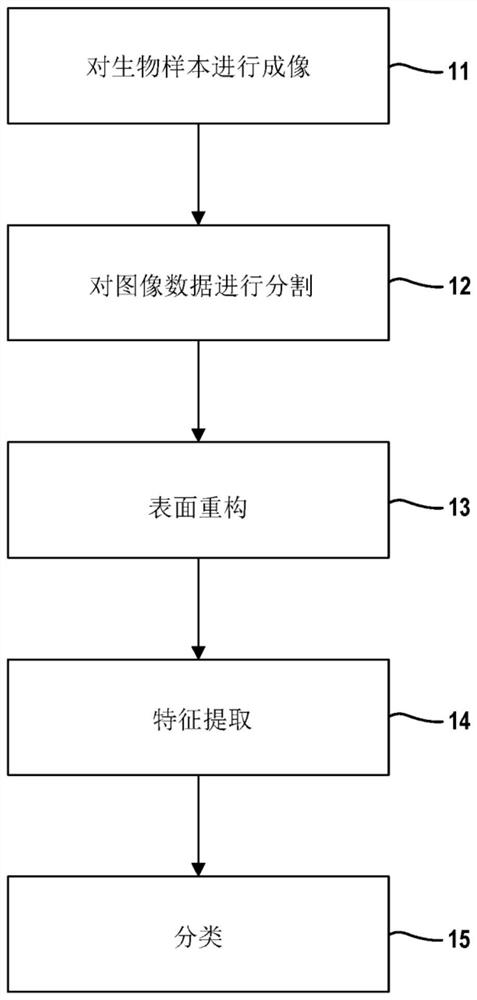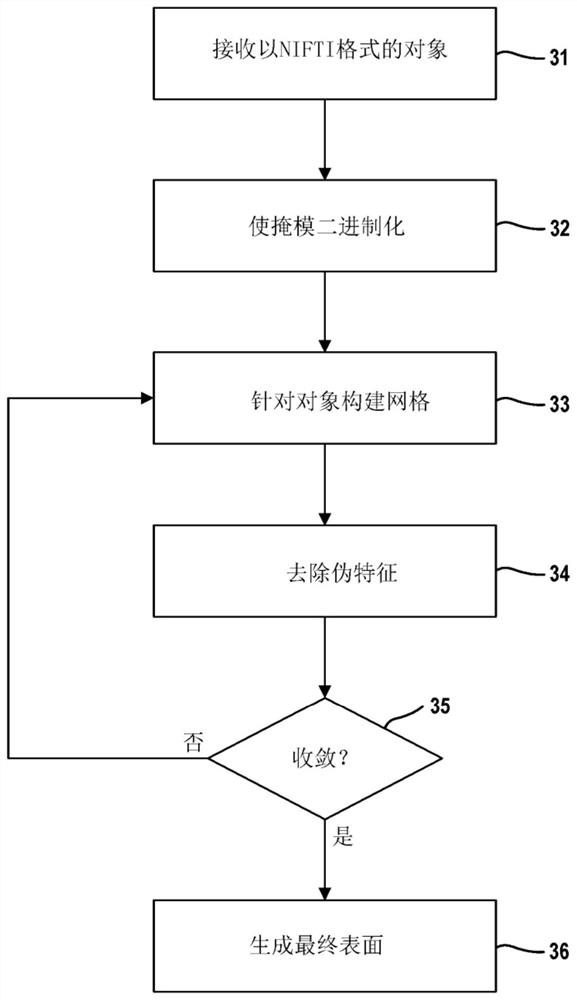Three-dimensional cell and tissue image analysis for cellular and sub-cellular morphological modeling and classification
A subcellular and cellular technology, used in image analysis, graphic image conversion, image enhancement, etc.
- Summary
- Abstract
- Description
- Claims
- Application Information
AI Technical Summary
Problems solved by technology
Method used
Image
Examples
Embodiment Construction
[0028] Example embodiments will now be described more fully with reference to the accompanying drawings.
[0029] Tissue and cell morphology are regulated by complex underlying biological mechanisms related to cellular differentiation, development, proliferation, and disease. Changes in nuclear form reflect reorganization of chromatin structure associated with altered functional properties such as gene regulation and expression. At the same time, many studies in mechanobiology have shown that geometric constraints and mechanical forces act on cellular deformities and in turn affect nuclear and chromatin dynamics, gene and pathway activation. Thus, with the advent of the study of the reorganization of chromatin and DNA structures in spatial and temporal frames, known as the 4D nucleome, the morphological quantification of cells or organelles and components has become of interest. important meaning. Cellular structures of interest in the context of the 4D nucleome include not ...
PUM
 Login to View More
Login to View More Abstract
Description
Claims
Application Information
 Login to View More
Login to View More - R&D
- Intellectual Property
- Life Sciences
- Materials
- Tech Scout
- Unparalleled Data Quality
- Higher Quality Content
- 60% Fewer Hallucinations
Browse by: Latest US Patents, China's latest patents, Technical Efficacy Thesaurus, Application Domain, Technology Topic, Popular Technical Reports.
© 2025 PatSnap. All rights reserved.Legal|Privacy policy|Modern Slavery Act Transparency Statement|Sitemap|About US| Contact US: help@patsnap.com



